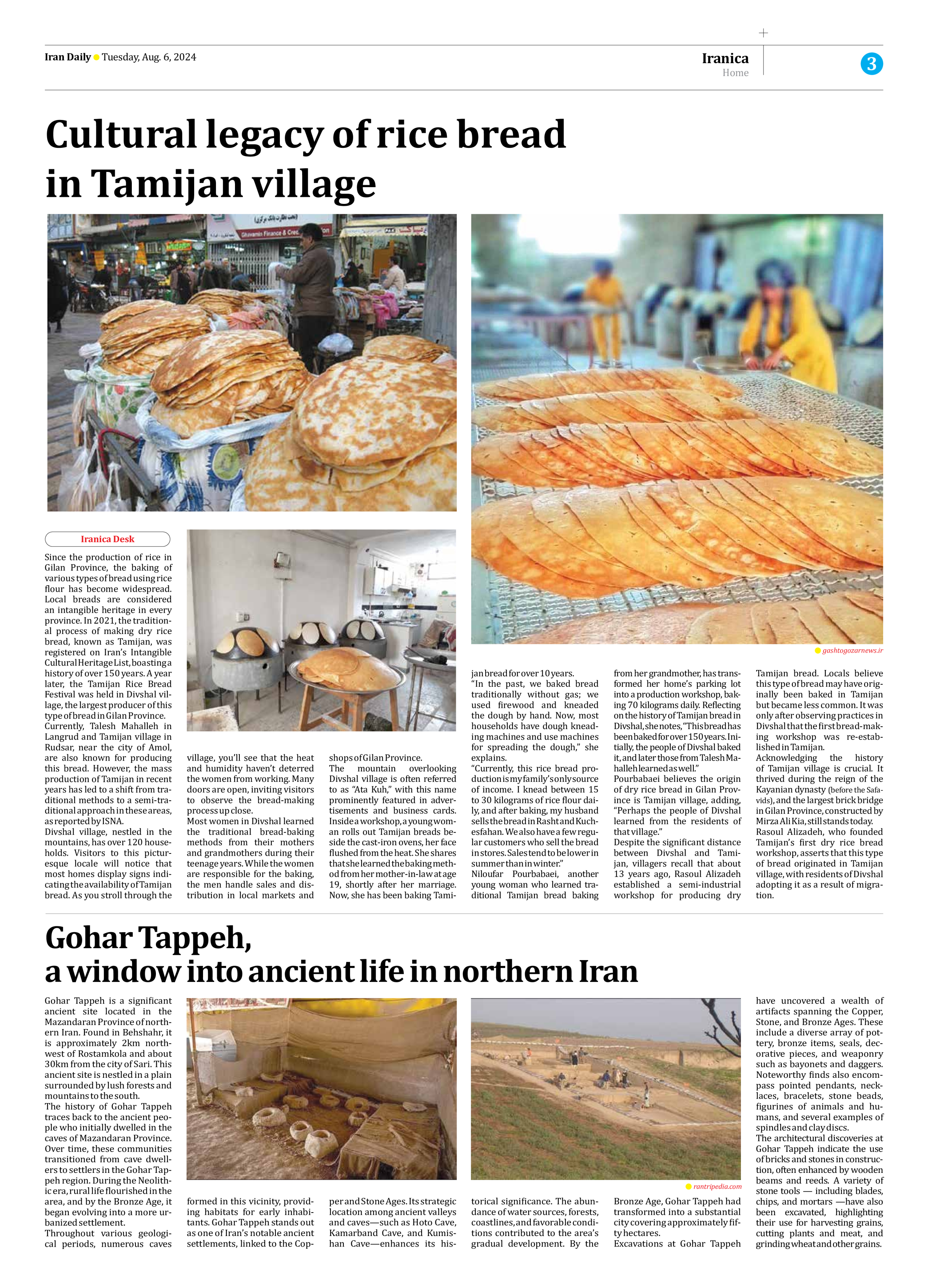
Gohar Tappeh, a window into ancient life in northern Iran
Gohar Tappeh is a significant ancient site located in the Mazandaran Province of northern Iran. Found in Behshahr, it is approximately 2km northwest of Rostamkola and about 30km from the city of Sari. This ancient site is nestled in a plain surrounded by lush forests and mountains to the south.
The history of Gohar Tappeh traces back to the ancient people who initially dwelled in the caves of Mazandaran Province. Over time, these communities transitioned from cave dwellers to settlers in the Gohar Tappeh region. During the Neolithic era, rural life flourished in the area, and by the Bronze Age, it began evolving into a more urbanized settlement.
Throughout various geological periods, numerous caves formed in this vicinity, providing habitats for early inhabitants. Gohar Tappeh stands out as one of Iran’s notable ancient settlements, linked to the Copper and Stone Ages. Its strategic location among ancient valleys and caves—such as Hoto Cave, Kamarband Cave, and Kumishan Cave—enhances its historical significance. The abundance of water sources, forests, coastlines, and favorable conditions contributed to the area’s gradual development. By the Bronze Age, Gohar Tappeh had transformed into a substantial city covering approximately fifty hectares.
Excavations at Gohar Tappeh have uncovered a wealth of artifacts spanning the Copper, Stone, and Bronze Ages. These include a diverse array of pottery, bronze items, seals, decorative pieces, and weaponry such as bayonets and daggers. Noteworthy finds also encompass pointed pendants, necklaces, bracelets, stone beads, figurines of animals and humans, and several examples of spindles and clay discs.
The architectural discoveries at Gohar Tappeh indicate the use of bricks and stones in construction, often enhanced by wooden beams and reeds. A variety of stone tools — including blades, chips, and mortars —have also been excavated, highlighting their use for harvesting grains, cutting plants and meat, and grinding wheat and other grains.







